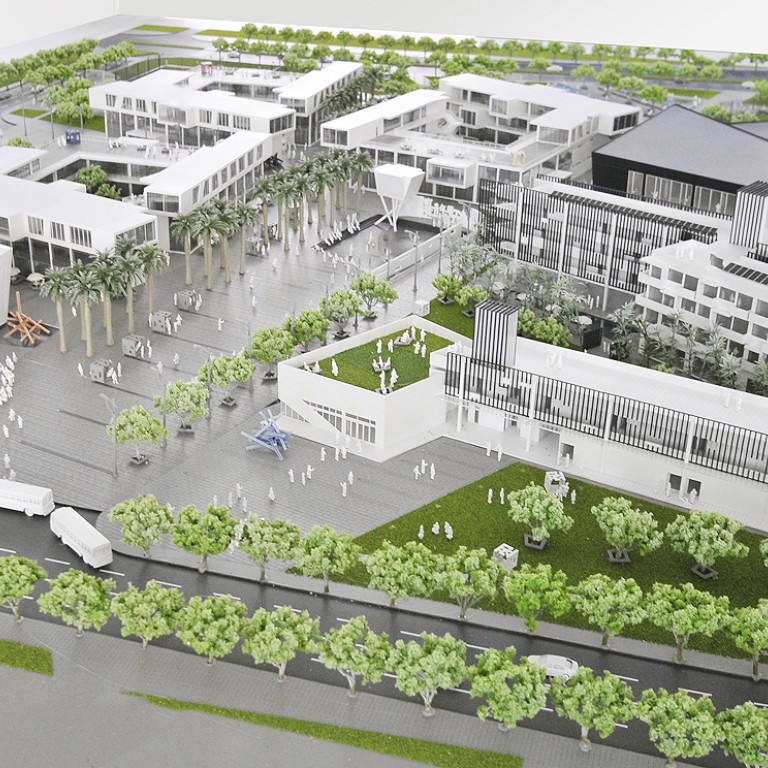
Speed of construction is draw of the mainland for Hong Kong architects
Unhampered by Hong Kong's complex regulations, mainland projects go past in a whirl, says architect working in Qianhai special economic zone
The speed of construction projects on the mainland is something to be envied, says one of the first Hong Kong architects to work in Shenzhen's Qianhai special economic zone.
Barrie Ho Chow-lai's company received an offer from Qianhai officials in February to design a centre for start-up businesses. He expects the 580,000 sq ft project to be completed by December.
In Hong Kong, a similar project could take years due to the numerous approvals that would be needed from various government departments.
Hong Kong's complex legal system and set procedures for processing building projects may enable everyone affected by a project to voice their opinion, but they also slow things down.
"There are so many regulations under the Buildings Ordinance and so many procedures, it's like suicide," says Ho.
"Some applications get through the Town Planning Board but then the Lands Department won't approve them. Sometimes we can't build even one floor in four years because of the procedures."
Yet Ho, a member of the Housing Authority, also admits it can be disconcerting to be involved in construction projects on the mainland, where building is not hampered by such an extensive regulatory system.
"There are times when I feel I'm not doing things in a realistic world because everything is too fast," he says.
Ho's Shenzhen project, the Qianhai-Hong Kong Youth Innovation and Entrepreneur Hub, is intended as a base for start-ups by entrepreneurs aged 18 to 45.
The project will provide low-rent space for about 200 companies from the two cities and other parts of the world, focusing on modern logistics, information services, technology and cultural and creative industries.
Run by the Qianhai authorities, the Shenzhen Youth Federation and the Hong Kong Federation of Youth Groups, it will also provide the companies with seed money, training, business consultations and other forms of financial support.
The centre will feature three "incubator buildings" for entrepreneurial companies, a convention and exhibition centre, an academy for professional training and information sharing, an innovation centre for creative multimedia productions, apartments and a park with sports grounds.
Unofficial reports have estimated the cost of the hub at 120 million yuan (HK$150 million), but Ho says Qianhai officials have yet to reveal the final figure.
Buildings in the hub will feature "non-traditional, random geometric" shapes, representing innovation, said Ho.
The main colour scheme will be simple black, white and grey.
Ho's design also draws inspiration from Silicon Valley, with its plentiful open spaces, cafes and parks where people can communicate, relax and come up with creative ideas.
Although he says the main focus of his company - Barrie Ho Architecture Interiors - will remain in Hong Kong, home to 90 per cent of its current projects, Ho says the mainland is a growing market for local designers.
"Hong Kong designers are still very popular on the mainland, but the competition is becoming more intense," he says. "I've been surprised to find myself re-encountering many peers I first met in European countries. The economy there is grim so they have also put their focus on China."

